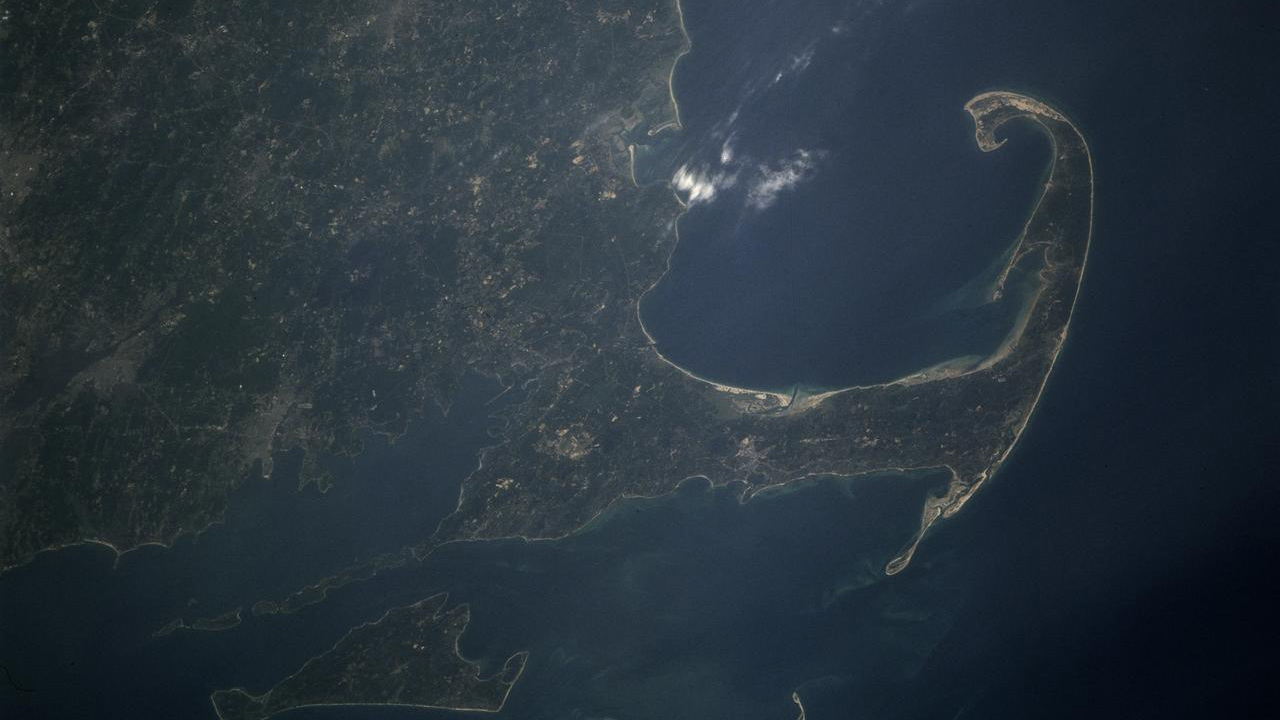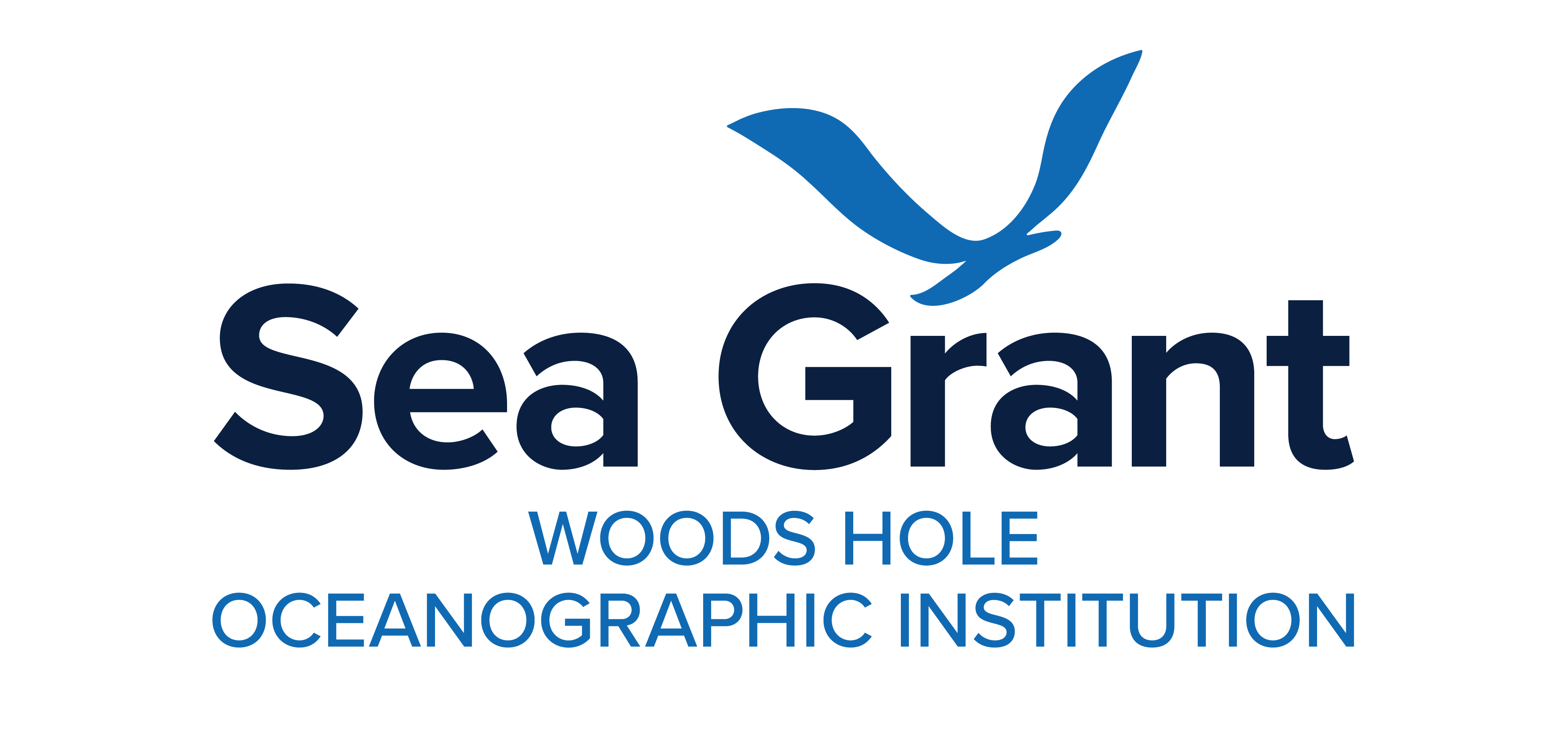Review of Wastewater Dilution Modeling

Preface
This report presents the findings and recommendations of an independent technical review of hydrodynamic modeling using the Finite Volume Community Ocean Model (FVCOM) to simulate wastewater treatment plant (WWTP) effluent dilution in Buzzards Bay and the North and South Rivers, Massachusetts. The review was commissioned by WHOI Sea Grant, an independent, science-based program based at Woods Hole Oceanographic Institution, and supported by funding from NOAA Award NA24OARX417C0156. Its intent is not to critique the quality of the modeling work conducted by University of Massachusetts-Dartmouth researchers and the Massachusetts Division of Marine Fisheries (MA DMF), nor to question the regulatory decisions made by state agencies. Rather, it is meant to provide constructive scientific guidance on how to further strengthen confidence in the model results as they are considered for regulatory applications.
WHOI Sea Grant recognizes the substantial effort undertaken by the U. Mass research team and MA DMF to apply a high-resolution, data-intensive modeling approach under limited time and resource constraints. Given the importance of shellfish classification decisions to both public health and coastal economies, ensuring that the modeling tools used in this process are robust, transparent, and well-supported by data is essential. It is our hope that the Commonwealth of Massachusetts will provide additional resources to MA DMF to support the implementation of key recommendations made by the review team, including expanded model validation, improved uncertainty quantification, and engagement with interested parties. This review represents a step toward engaging modelers, regulators, and interested parties in a dialog that supports informed, science-based decision making.
Executive Summary
Coastal shellfish harvesting in Massachusetts is regulated to ensure public health, with water quality classifications guided by the National Shellfish Sanitation Program (NSSP). A key factor in these classifications is the dilution of wastewater treatment plant (WWTP) effluent, which can impact nearby shellfish beds. In response to FDA requests to clarify how dilution zones around WWTPs are calculated, the Massachusetts Division of Marine Fisheries (MA DMF) partnered with U. Mass-Dartmouth researcher Dr. Changsheng Chen’s lab to use the Finite Volume Community Ocean Model (FVCOM) to estimate dilution zones around WWTP outfalls. The modeling evaluations have been completed for WWTPs in Scituate (discharging to the North and South Rivers), Ipswich (discharging to Greenwood Creek, which flows into the Ipswich River), Fairhaven (discharging to New Bedford Harbor), and New Bedford (discharging to the open waters of Buzzards Bay). These model results have informed recent reclassifications of shellfish growing areas, resulting in large-scale downgrading of shellfish harvest classification and prompting the desire for an independent scientific review to evaluate the model’s application and reliability in regulatory decision making.
To address this need, WHOI Sea Grant coordinated an independent technical review of two FVCOM modeling reports that were available as of December 2024, focused on the Fairhaven and New Bedford WWTPs and the Scituate WWTP, as well as associated validation materials provided by Dr. Chen’s team. Three experts in ocean modeling and coastal processes were asked to evaluate the model’s approach, performance, and suitability for informing shellfish water quality classifications and management of wastewater and combined sewer overflow (CSO) discharges. The experts were selected from outside Massachusetts and had no conflicts of interest with Dr. Chen or his research team. After the independent reviews were completed, MA DMF and Dr. Chen and his team were provided the opportunity to submit written responses. Their comments were aligned with the findings and recommendations of the review, and no changes to the report were necessary. WHOI Sea Grant published the draft report in June 2025 and solicited public feedback, which was summarized and incorporated into the final report.
The technical reviewers of the modeling materials agreed that the existing modeling framework is appropriate for use in assessments of wastewater treatment plant effluent dilution. However, the reviewers felt that, given the usage of the model to inform regulatory decision-making, MA DMF and Dr. Chen and his team should undertake further validation and testing to strengthen confidence in the modeling results. They included several recommendations and requests for additional information. Their findings can be summarized as follows:
- Enhance model validation in the areas of interest
- Improve clarity and documentation of modeling methods
- Better address spatial and temporal uncertainty
- Consider decay and non-passive behavior of contaminants
Public commenters expressed concerns similar to the technical reviewers and made additional requests of MA DMF for more transparency in implementation of modeling and field data for decision-making when redefining shellfish growing area classifications. Based on this feedback, WHOI Sea Grant recommends several actions to strengthen confidence in the application of the FVCOM model for this regulatory purpose. These include expanding validation of hydrodynamics using local observational data, testing the passive tracer model through dye studies or comparisons with past field efforts, improving documentation of modeling methods, assessing uncertainty through multi-year simulations, and evaluating the potential influence of contaminant decreases via natural processes. WHOI Sea Grant also recommends more clearly documenting how modeling results and other data are used for regulatory decision-making and establishing an advisory board of scientists, managers, and shellfish industry representatives to provide ongoing guidance and promote transparency in the use of model results.
Download the full report below. Appendix A contains Dr. Chen's response to reviewer comments; Appendix B contains MA DMF's response to reviewer comments; and Appendix C contains the public comments received by WHOI Sea Grant.
Contact
Jennie Rheuban
Research Coordinator
seagrant@whoi.edu
________________________________________
Modeling Reports
New Bedford/Fairhaven Modeling Report
________________________________________
Related documents
Interpretation of Emergency Shellfish Harvest Closures Under the National Shellfish Sanitation Program’s Model Ordinance - RI Sea Grant Legal Program
________________________________________
Related links
MA Division of Marine Fisheries (DMF) - shellfish sanitation
MA DMF - Emergency Shellfish Closures website
